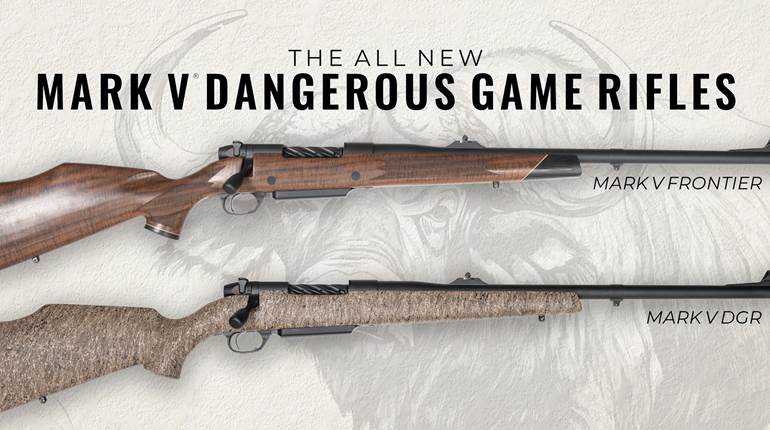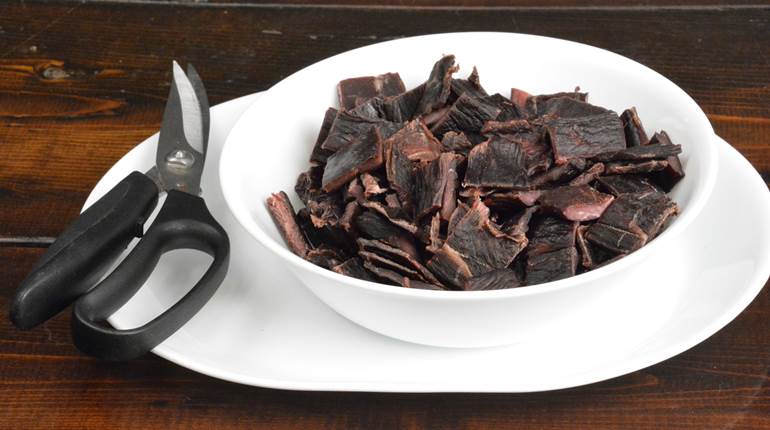
The word “torque” defines rotating force. When the term is applied to a threaded bolt or screw, torque is a measure of how much force is used to tighten that bolt or screw. Depending on the size and application, torque is measured in either inch-pounds or foot-pounds of power.
Or, as the official definition of torque that I found online reads: “the moment of a force; the measure of a force’s tendency to produce torsion and rotation about an axis, equal to the vector product of the radius vector from the axis of rotation to the point of application of the force and the force vector.”

Anybody who can understand that scares the heck out of me. In simpler terms, torque is determined by the applied force and the distance from the pivot point to the point where the force is applied. If your wrench handle is one foot long and you push on it with 25 lbs. of force, you are tightening the bolt with 25 ft.-lbs. of torque.
There are two ways to measure it: make a wild guess or use a torque wrench. Obviously, the wrench will bring far better end results. But it’s a rather uncommon tool on most gun guys’ work benches.
Back in the ’70s, I learned the importance of using a torque wrench to measure how tight a screw or bolt is turned when I was in my “motor-head” phase and spent a lot of time elbow-deep in engines for cars, motorcycles and snowmobiles. I started with the school of thought that you tightened everything until just before it broke. That, of course, led to other problems. Overtorquing can lead to broken bolts, stripped threads and distorted parts.
The scale is smaller on a rifle. A scope-ring screw is not the same as a cylinder-head bolt on a 340 cubic-inch car engine, but the principles of correct torque are basically the same.
Under-tightened gun screws can loosen and let things that are not supposed to move, move. Over-tightened screws or multiple screws that are unevenly tightened can lead to even bigger problems. Twisting the ring screws too tight or unevenly when mounting a scope can damage the scope. It can result in stressed, bent or dented scope tubes and misaligned internal parts. The scope adjustments may not work correctly, making it impossible to sight-in the gun or, in some cases, to retain zero. Or it can cause the scope to break at a later date, as recently happened to me at the shooting range. One of the internal lenses shattered, possibly from a misaligned scope ring.

Rifle action screws that are under-torqued can work loose, causing accuracy problems and possibly damage to the gun. If they are over-torqued, it can damage the stock, bolts and even the receiver. Unevenly or improperly torqued action screws can result in poor accuracy. It’s a fine line between getting any important screw tight enough and turning it so tight that things break or distort.
There is a school of thought that says you absolutely do not need a torque wrench to mount scopes on guns or to mate the action to the stock. Thousands of both are accomplished every year by people who have never heard of a torque wrench. But for the very best job and for an eye-opening look at how much torque is correct, a torque wrench is the only answer. It might also lead to better accuracy from your rifle. For around $50 from MidwayUSA, the Wheeler Engineering FAT (Firearm Accurizing Torque) wrench is a bargain.
I was shocked when I first used a torque wrench by realizing just how much I have been over-tightening most gun screws all these years. A torque wrench will really open your eyes to the mistakes you have been making, and it will ensure that you don’t continue to make them in the future.
For example, Leupold recommends that 6-48 screws in a ring or base be tightened to 18 in.-lbs. and 8-40 screws be tightened to 28 in.-lbs. Windage screws on the rear ring of the scope mount should be tightened to 40-45 in.-lbs. Wheeler Engineering recommends that base screws be tightened to 30 in.-lbs. Ring screws in aluminum rings should be torqued to 10-15 in.-lbs. and steel rings to 15-20 in.-lbs. The windage screws on the rear rings of Leupold and other such mounts should be torqued to 30-40 in.-lbs.
But, without a torque wrench, how can you know? One screwdriver manufacturer advises that with its unit’s relatively small handle and full hand pressure, most men will achieve 17 to 50 in.-lbs., which is a pretty wide margin of error. With the thumb and first two fingers, they say most will apply 10 to 17 in.-lbs. That is subjective at best. I can apply a lot more torque with this method than my son can, and we are both grown men. I just outweigh him by about 60 lbs. The bottom line is that the only way to know is to use a torque wrench, and what I learned when I got mine is that I have been screwing up for years—pun intended.

Action screws are another torque-sensitive application that can affect accuracy and prevent damage to the rifle. Wheeler Engineering recommends that wood, fiberglass or synthetic stocks be torqued to 40 in.-lbs. If the stock has pillars, go to 65 in.-lbs. I also took a survey of several rifle manufacturers to see what they recommend. Browning recommends 30 in.-lbs. on its A-Bolt rifle action screws. Remington recommends 15-25 in.-lbs. on its wood, synthetic or laminate stocks. On the synthetic stocks with integral aluminum bedding blocks, it recommends 45 in.-lbs. of torque on the action screws. Ruger provided more detail, including the proper tightening sequence. “First, tighten the front bolt to 90 inch-pounds. Second, tighten the back screw to 50 inch-pounds. Third, tighten the middle screw to 50 inch-pounds.”
For years, I just cranked the heck out of the screws with a big screwdriver. This new approach of actually measuring the torque has improved the accuracy of some of my rifles. Doing it right actually works. Imagine that.




































